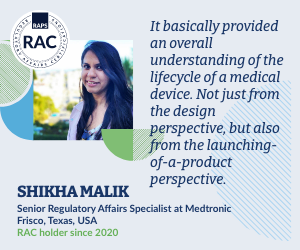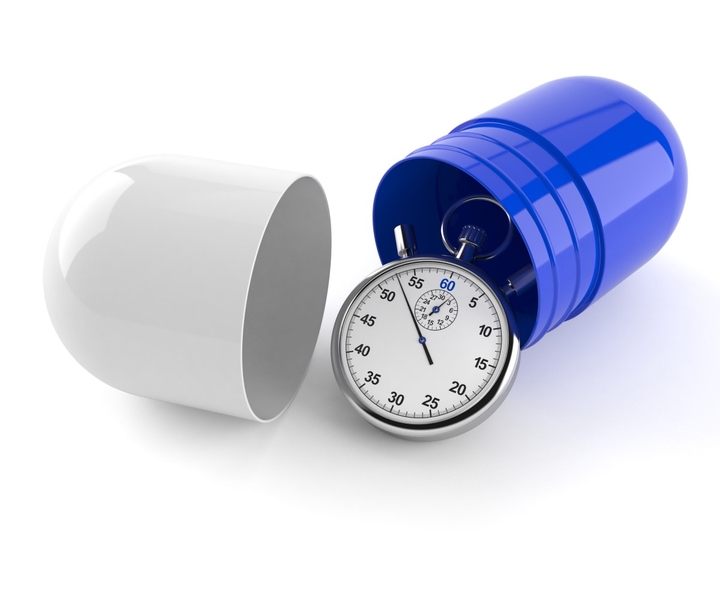FDA finalizes guidance on electronic submission of BA/BE adverse event reports to FAERS
![]() Regulatory News | 01 April 2024 |
Regulatory News | 01 April 2024 |
The US Food and Drug Administration (FDA) has finalized guidance that spells out how generic drug manufacturers can electronically submit expedited individual case safety reports (ICSRs) for serious adverse events from bioavailability (BA)/bioequivalence and (BE) studies that are exempt from investigational new drug (IND) requirements.
These studies can now be reported to FDA’s Adverse Event Reporting System (FAERs) as an alternate path than reporting these events to FDA’s Office of Generic Drugs (OGD) using the Form FDA 3500A.
On 1 April, FDA began accepting electronic submissions of IND-exempt BA/BE study ICSRs in the electronic format specified in the ICH E2B(R3) standard.
The guidance finalizes a draft version issued for comment in August 2022. (RELATED: Draft guidance: New options for submitting expedited safety reports or IND-exempt BA/BE studies, Regulatory Focus 2 August 2022)
FDA did not receive any comments on the draft and editorial changes were made “to improve clarity and incorporate the FAERS enhancements to enable electronic submissions of ICSRs from IND-exempt BA/BE studies.”
The guidance addresses the methods manufacturers can use for electronic ICSR submissions, distinguishing premarket ICSRs from postmarket ICSRs, how to submit follow-up ICSRs, how to describe drug exposure, and how FDA will notify manufacturers of receipt of an ICSR.
These safety reports are used by investigators, pharmaceutical companies, and institutional review boards to conduct pharmacovigilance monitoring and to communicate information involving these adverse events to FDA.
FDA provides two options for electronic submission of ICSRs and ICSR attachments to FAERS.
Submitters may directly submit ICSRs in the XML format using the Electronic Submissions Gateway (ESG). “The ESG is a central transmission point for sending information electronically to FDA. Once received through the ESG, the submitted ICSRs are processed into FAERS,” FDA writes.
Submitters who do not have such database-to-database transmission capability can submit electronic ICSRs using the safety reporting portal (SRP) and this ICSR information can be manually submitted into a web-based form in the SRP; this information will then be submitted to FDA and uploaded into FAERS.
The guidance specifies that each ICSR should have a unique case identification number that is identical to the initial report and all subsequent follow-up reports.
According to FDA guidance, BA/BE studies are exempt from an IND if the drug does not contain a new chemical entity, is not radioactive or cytotoxic, the dosing does not exceed the dose specified in the approved label, the investigation has been is conducted in accordance with the requirements set by the Institutional Review Board (IRB) regarding informed consent requirements, and sponsors retain samples.
Final guidance
These studies can now be reported to FDA’s Adverse Event Reporting System (FAERs) as an alternate path than reporting these events to FDA’s Office of Generic Drugs (OGD) using the Form FDA 3500A.
On 1 April, FDA began accepting electronic submissions of IND-exempt BA/BE study ICSRs in the electronic format specified in the ICH E2B(R3) standard.
The guidance finalizes a draft version issued for comment in August 2022. (RELATED: Draft guidance: New options for submitting expedited safety reports or IND-exempt BA/BE studies, Regulatory Focus 2 August 2022)
FDA did not receive any comments on the draft and editorial changes were made “to improve clarity and incorporate the FAERS enhancements to enable electronic submissions of ICSRs from IND-exempt BA/BE studies.”
The guidance addresses the methods manufacturers can use for electronic ICSR submissions, distinguishing premarket ICSRs from postmarket ICSRs, how to submit follow-up ICSRs, how to describe drug exposure, and how FDA will notify manufacturers of receipt of an ICSR.
These safety reports are used by investigators, pharmaceutical companies, and institutional review boards to conduct pharmacovigilance monitoring and to communicate information involving these adverse events to FDA.
FDA provides two options for electronic submission of ICSRs and ICSR attachments to FAERS.
Submitters may directly submit ICSRs in the XML format using the Electronic Submissions Gateway (ESG). “The ESG is a central transmission point for sending information electronically to FDA. Once received through the ESG, the submitted ICSRs are processed into FAERS,” FDA writes.
Submitters who do not have such database-to-database transmission capability can submit electronic ICSRs using the safety reporting portal (SRP) and this ICSR information can be manually submitted into a web-based form in the SRP; this information will then be submitted to FDA and uploaded into FAERS.
The guidance specifies that each ICSR should have a unique case identification number that is identical to the initial report and all subsequent follow-up reports.
According to FDA guidance, BA/BE studies are exempt from an IND if the drug does not contain a new chemical entity, is not radioactive or cytotoxic, the dosing does not exceed the dose specified in the approved label, the investigation has been is conducted in accordance with the requirements set by the Institutional Review Board (IRB) regarding informed consent requirements, and sponsors retain samples.
Final guidance
© 2025 Regulatory Affairs Professionals Society.














